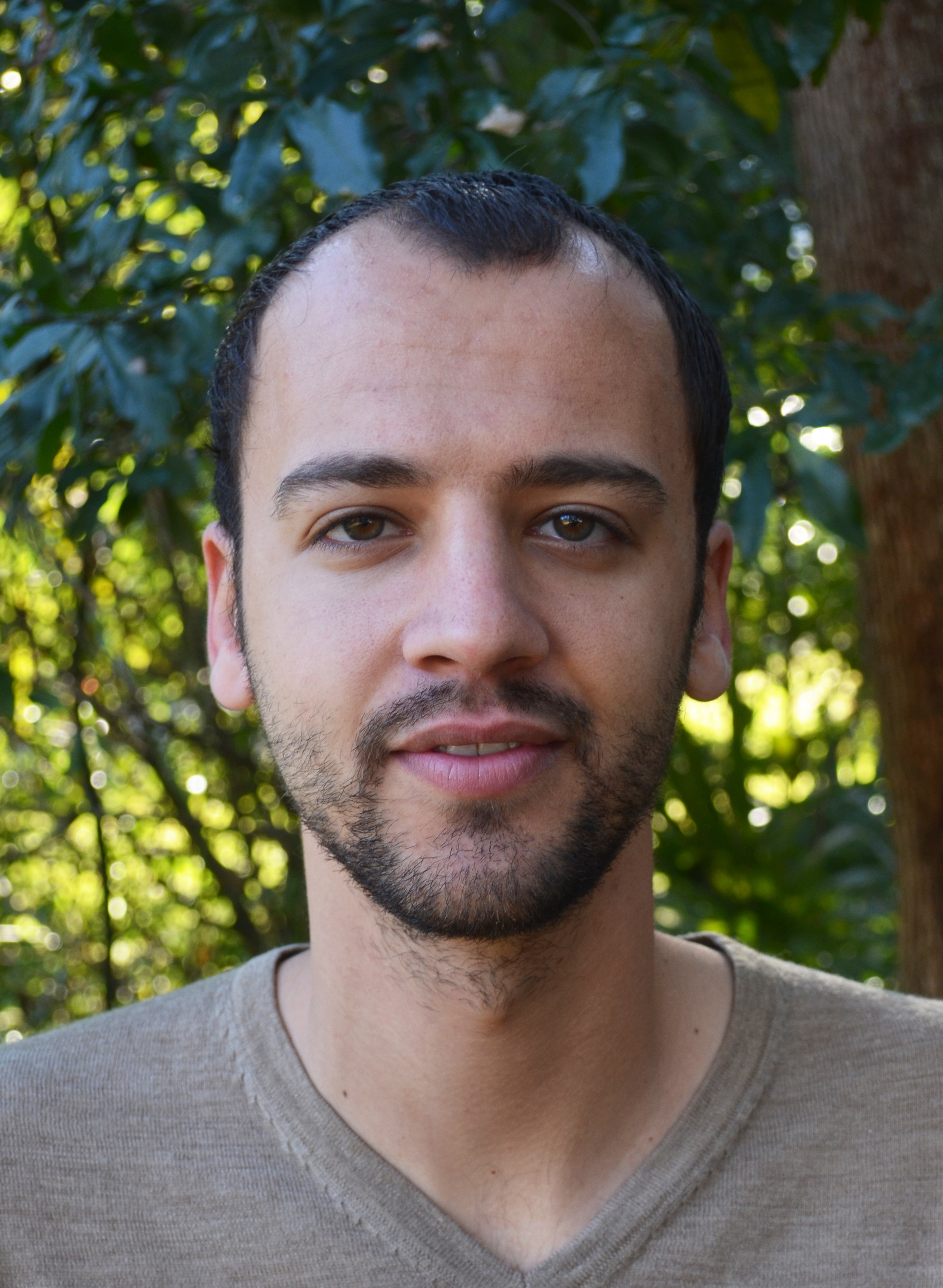Research
I study how radiation, chemistry, and dynamics interact to determine the structure and variability of the atmosphere.
I defended my Ph.D. dissertation in April 2021, titled “The Unified Internal Dynamics and Global Interactions of the Quasi-Biennial Oscillation”. My dissertation focused on understanding the oscillatory wind pattern in the tropical stratosphere known as the Quasi-Biennial Oscillation (QBO). Using idealized models and reanalyses, we revised communal understanding for why the QBO terminates before reaching the tropopause, forming a buffer zone. Our new theory for buffer zone formation increases appreciation for how the QBO mediates the exchange of angular momentum between the tropical stratosphere and the rest of the atmosphere. Our work emphasizes how simple aspects of idealized models of the QBO (e.g. boundary conditions and the formulation of the wave forcing) encode previously underappreciated assumptions about QBO dynamics.
Understanding the structure of the ozone layer
Ozone is the most significant radiatively-active gas whose number density maximizes in the interior of the atmosphere, at an altitude of about 30 km in the tropics. Textbook explanations for this interior maximum begin by invoking the Chapman Cycle, a photochemical system that reproduces the altitude of maximum ozone despite omitting leading-order sinks from catalytic cycles and transport. Yet, these textbook explanations subsequently fragment into (1) a source-controlled paradigm, explaining ozone to maximize where its production rate maximizes, between abundant photons aloft and abundant O2 below, and (2) a source/sink competition paradigm explaining ozone to maximize due to competition between the photolytic source and photolytic sink. Augmenting the Chapman Cycle with destruction by generalized catalytic cycles and transport, we demonstrate that these paradigms correspond to different regimes of ozone destruction, distinguished by whether photolysis of O3 contributes at leading order to the sink. The tropical stratosphere is estimated to occupy a photolytic sink regime above roughly 30 km and a non-photolytic sink regime below. Paradoxically, each paradigm predicts ozone to maximize outside its altitude range of applicability, motivating a new explanation, the regime transition paradigm: the interior maximum of ozone occurs at the transition from the photolytic sink regime aloft to the non-photolytic sink regime below. An explicit solution is derived for ozone under gray radiation, which produces an interior maximum at an endogenously-determined regime transition, and elucidates the ozone response to top-of-atmosphere UV perturbations.
Understanding the ozone response to global warming
The ozone layer absorbs ultraviolet light otherwise harmful to life. Due to compliance with the Montreal Protocol, the ozone layer is generally recovering from depletion. But, at the same time, global warming is predicted to impact ozone, increasing ozone in the upper stratosphere and decreasing ozone in the tropical lower stratosphere. These decreases are typically argued to result from a strengthening of tropical stratospheric upwelling under global warming. Yet, we have shown that in addition to contributions from strengthening upwelling, much of the ozone loss arises from a deepening of the troposphere under global warming. The deepening of the troposphere erodes the ozone layer from below, with the low ozone anomalies in the eroded region subsequently transported upwards by the background upwelling. Deepening of the troposphere therefore helps to explain the predicted ozone reductions throughout the tropical lower stratosphere.
Citation: A. Match, E.P. Gerber, 2022: Tropospheric expansion under global warming reduces tropical lower stratospheric ozone. Geophysical Research Letters, 49, 19, 1-12. [doi]
Understanding disruptions to the Quasi-Biennial Oscillation
From its discovery in the 1950s until 2016, the Quasi-Biennial Oscillation was highly regular and predictable. Then in 2016, and again in 2020, the QBO experienced a major disruption. During the disruption, easterly winds formed deep within a region of typically westerly winds. The disruption was triggered by dissipation of laterally propagating planetary waves that originated in the extratropics. In addition to the formation of the disrupted shear zone through the triggering, the QBO disruptions each exhibited four key unprecedented features: descent of the triggered shear zone, stagnation of the westerly winds aloft, ascent of the westerly winds aloft, and ascent of the easterly winds aloft. The five key features of the QBO disruptions have been explained in terms of five different mechanisms. Yet, it is unclear whether all of these five mechanisms are necessary to provide a parsimonious account of the key features of the disruption. Using a lightly-modified version of the classical 1D model of the QBO from Plumb (1977), we showed that the triggering alone is a sufficient cause of all key features of the disruptions. The wave-mean flow dynamics of the QBO convey information about the triggering upwards, leading to the curious ascent of winds aloft.
Citation: A. Match, S. Fueglistaler, 2021: Anomalous dynamics of QBO disruptions explained by 1D theory with external triggering. Journal of the Atmospheric Sciences, 78, 2, 373-383. [doi]
